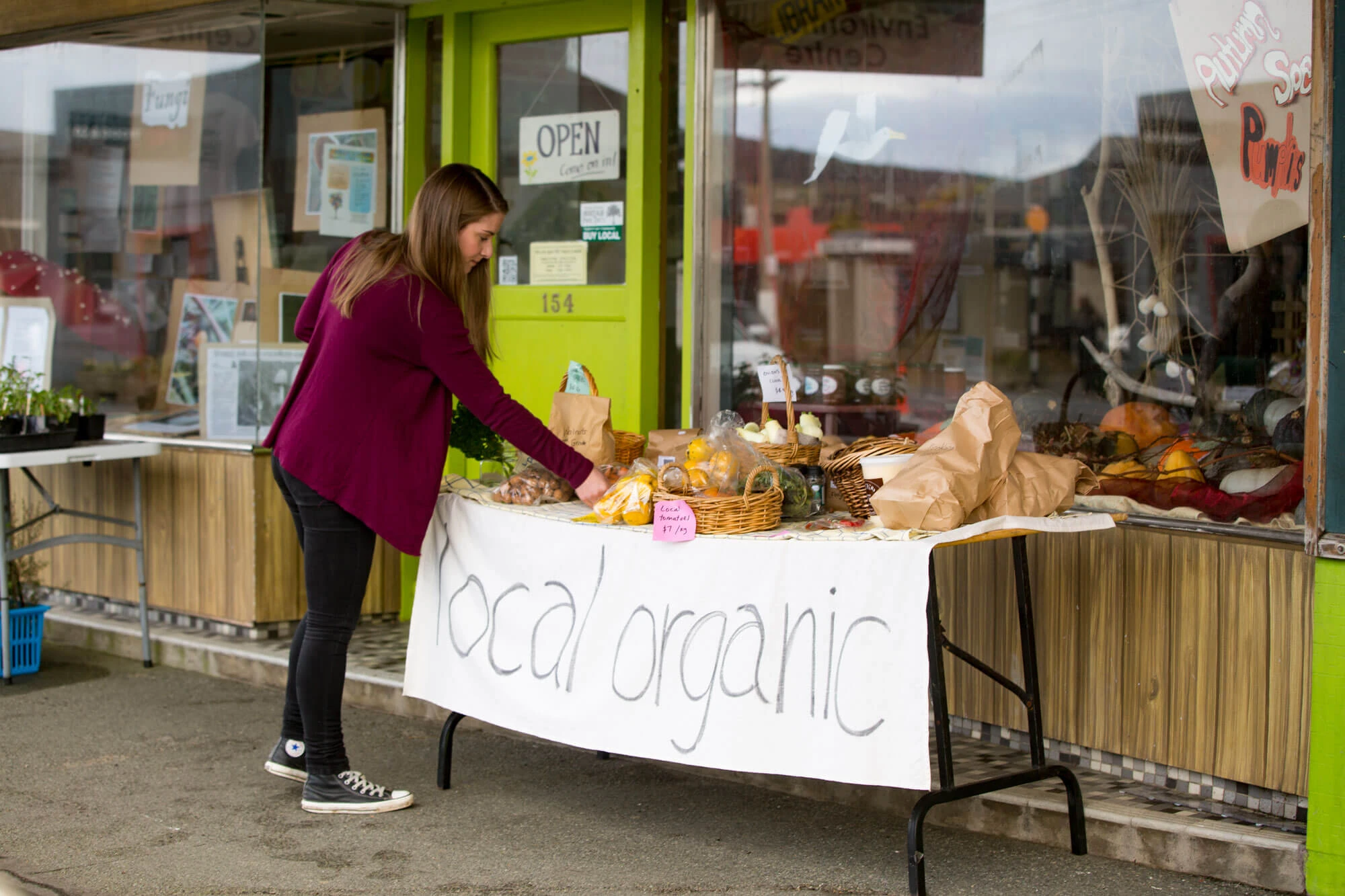Gevuina (Gevuina avellana)
Introduction
Gevuina is a nut tree native to Argentina and Southern Chile. It is also known as Chilean hazelnut, Gevuin or Neufen. Gevuina is a member of the Proteaceae family. The nuts taste similar to Macadamias. Gevuina grows well in cooler oceanic climates, making them suitable for growth in the southern regions of New Zealand.
Gevuina nut trees have many uses:
- Gevuina nuts can be eaten raw or toasted. The nuts are creamy white inside, with a crisp texture like a coconut.
- The high protein levels in the nut make this attractive as a stock food.
- Gevuina nuts are rich in oils that have high market values for health and cosmetic purposes; eg palmitoleic acid is absorbed by the skin. This is a good natural UV filter for sunny locations. Gevuina has a high content of this acid at 27%.
- Gevuina oil can also be used as a table oil comparing favourably with olive oil.
- The Gevuina nut can also be processed into a gevuina butter paste of high nutritional value. This is similar to peanut butter.
- Gevuina flour can also be made and has health food properties because of its lower fat, higher fibre and essential fatty acid content.
Growing Gevuina
| Plant spacing: | 2m by 3m recommended. |
| Trees/ha: | 1100 |
| Yields/ha: | 2000–3000kg/ha (nuts in shell) |
| Time to first harvest: | 5 years |
| Time to full production: | 7–8 years |
| Training and pruning: | It appears to be beneficial to encourage early fruiting by exposure of growing points to full light |
| Time of flowering: | January, February and March |
| Time of maturity of nuts: | January, February and March (3–4 years later) |
| Crop protection: | Shelter from the wind is required. Frost protection is required for the first two years of growth (until the plant is above 50cm in height). |
| Soil type: | Most soil types. In the wild, Gevuina grow in soils ranging from highly organic soils to swampy soils found on forest floors. |
| Fertiliser requirements: | Not known as yet. |
| Weed control: | Pasture control (using mulch or broad spectrum herbicides) is recommended during establishment phases. Pasture control is important at nut-fall and use of weed mat for the harvest period is recommended. |
| Pests/Diseases: | Broad mite, Leaf roller caterpillars, Phytophthora cinnamomi |
| Harvesting: | Mature Gevuina nuts can either be hand picked or mechanically harvested from the ground. |
| Marketing: | Gevuina nuts have a large potential for confectionery products, whether split or ground into many different preparations. |
Further Information





